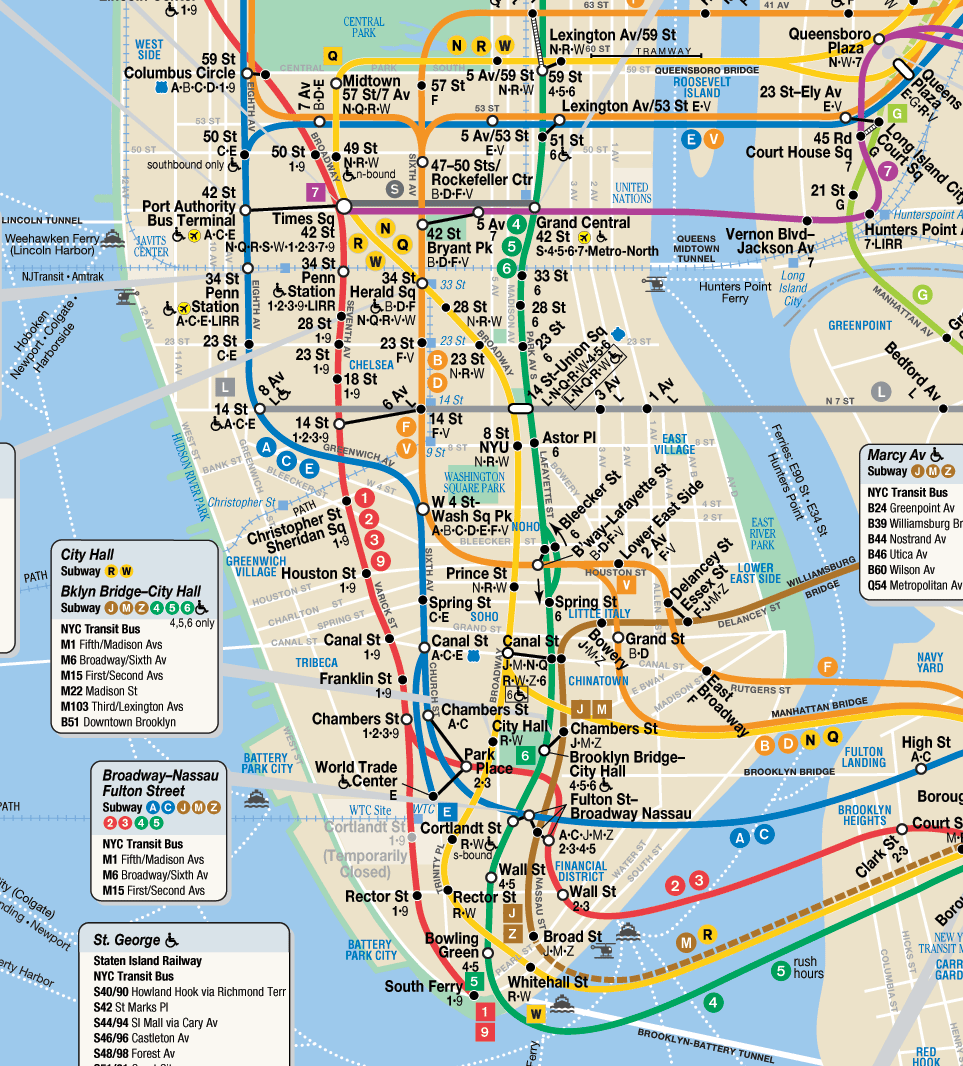Ikea's line of multinational stores tout sleek and functional design of easy to assemble home furniture. Ikea has developed universal instructions, without using language, that can be used globally in all their markets. While their presence in markets throughout the globe points to a universal appeal of their designs, the assembly instructions are often ridiculed for being vague and sometimes humorous.
Let's look at a few examples.
The above page appears at the beginning of an instructional leaflet. The first line which shows the tools you will need seems straight forward although the figure speaking these tools perplexes me a bit. The second line I also understood quickly-- assemble with two people.
The third line took me an extra moment or two to get. It seems to say that the unit should be assembled on a soft surface such as a carpet. This picture may be somewhat less effective as I had to compare the two to see that the rug was missing from the left side. I then had to infer that the broken piece on the left side was caused by being on a hard surface.
The fourth line demonstrates succinctly that Ikea can be called with any questions.
The below page is an example of an assembly instruction. Notice how the hand points to a set of holes that is important to how you orient the piece when assembling.
While all of this seems straight forward, I, and many of you reading, have been in the position where instructions or ambiguous parts have left us feeling like below.
Repeating the above steps 1-5 may however have its disadvantages. Depending on your tolerance, assembling several Poang items may cause instruction to become blurred or unclear as in the image below.





















